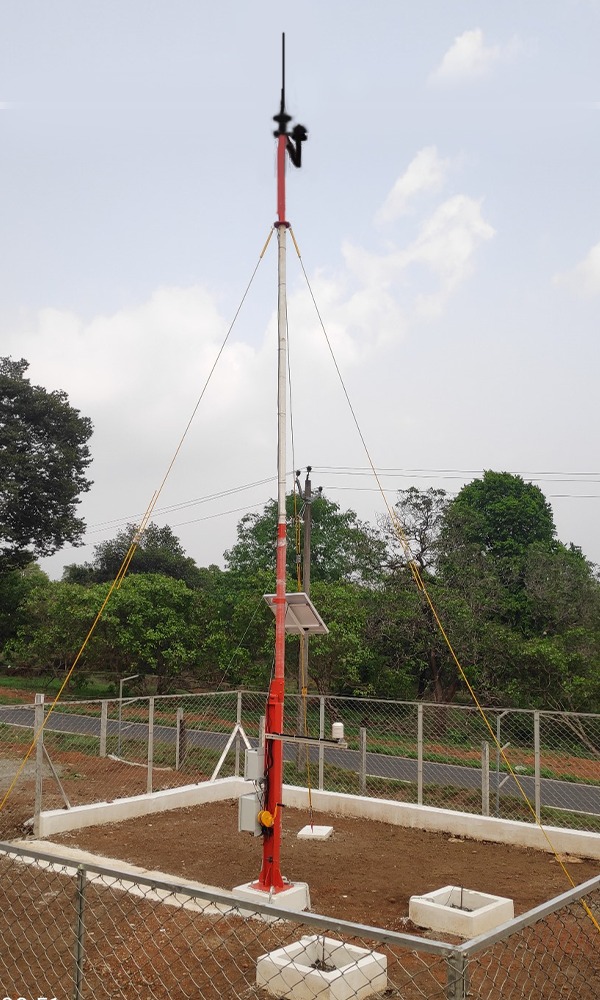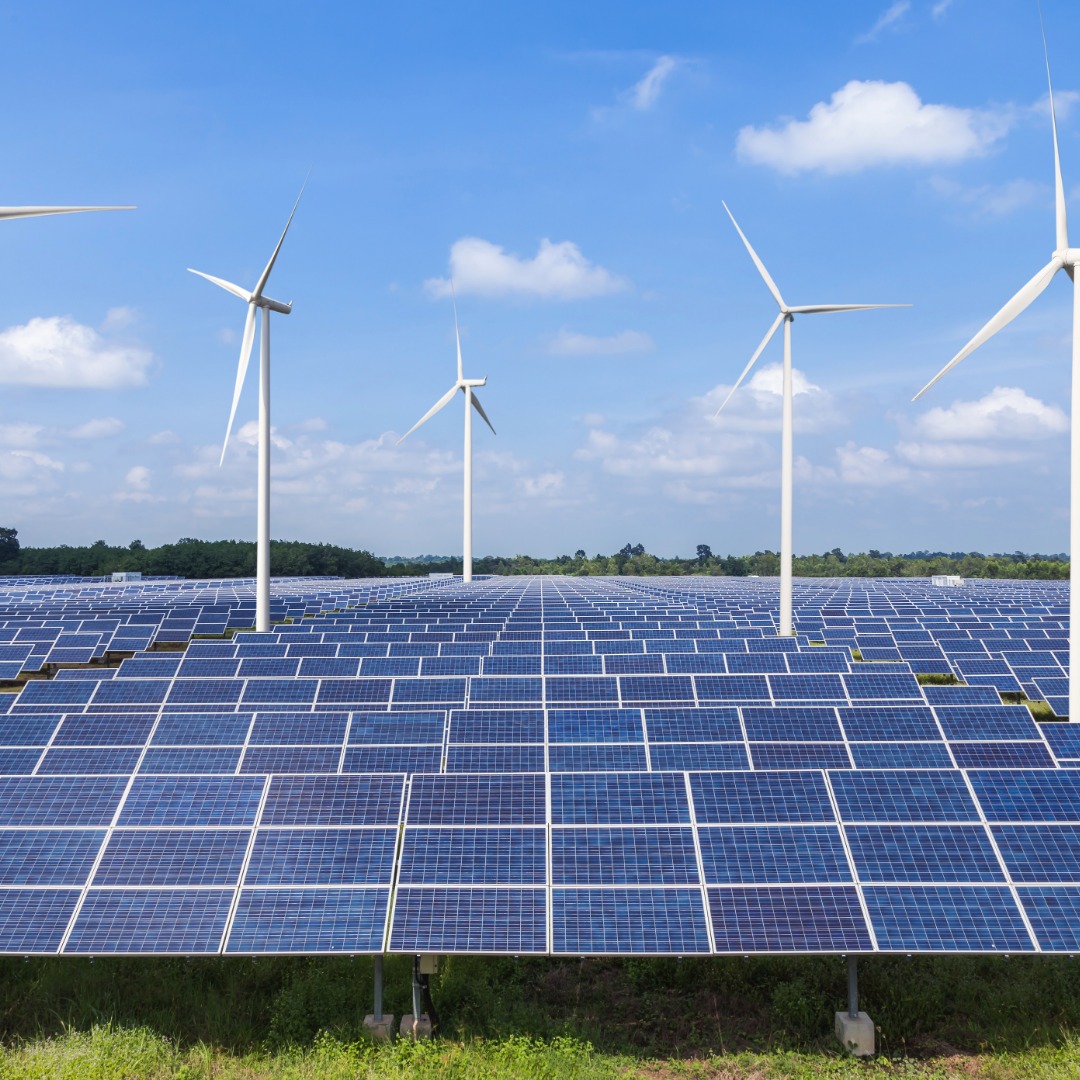
Notification/Circular No. – No. CEA/PLG/RP&T/15/11/2024/21-25
Dated: July 07, 2025
Applicable Act/Rule: Electricity Act, 2003
Applicable Section: Section 73
The Central Electricity Authority (CEA) has underlined the importance of accurate weather data for solar and wind power forecasting. Inaccurate forecasts often result in financial losses under the Deviation Settlement Mechanism (DSM) and create challenges for grid management.
To address this, the CEA has released “Guidelines for Automatic Weather Stations (AWS) for Solar and Wind Power Plants”. These guidelines provide a clear framework for:
1. Accurate measurement of solar radiation, wind, temperature, humidity, pressure, and rainfall.
2. Improved forecasting to enhance predictability, grid stability, and operational efficiency.
3. Reducing DSM penalties and ensuring regulatory compliance.
4. Standardized installation of AWS at project sites, including specifications for sensors, data systems, and cyber security.
All State Governments, Union Territories, Renewable Energy Implementing Agencies (REIAs), and industry associations are requested to act on these guidelines. REIAs are also advised to include the requirement for AWS installation in all future bid documents to ensure compliance across projects
From now on, every solar and wind project with a capacity of 50 MW or more must have at least one AWS installed on-site.
a) Projects above 150 MW need at least two AWS units.
b) For very large projects, an additional AWS must be added for every 10 sq. km of plant area.
Each AWS must come equipped with sensors to track critical parameters like:
a) Solar irradiance (sunlight intensity)
b) Wind speed and wind direction
c) Temperature and humidity
d) Barometric pressure
e) Rainfall
This ensures every renewable energy project is backed by reliable, real-time weather data.
AWS installations won’t just collect weather data—they’ll log and secure it.
a) Data must be recorded every 15 minutes, encrypted, and stored for six months.
b) The information must be shared with key agencies, including the National and Regional Load Dispatch Centres (NLDC/RLDC), State Load Dispatch Centres (SLDC), and Renewable Energy Management Centres (REMCs).
c) If there’s any data loss or system failure, the project developer must notify stakeholders within 15 minutes.
To maintain accuracy, AWS units must also have GNSS (Global Navigation Satellite System) receivers for time synchronization, ensuring that every data point is reliable and consistent.
The AWS setup is also standardized for strength and reliability:
a) Each AWS must have a 10-meter mast made of anodized aluminum alloy, supported by three stainless steel guy wires and a strong concrete base.
b) Power must come from a solar-powered battery system capable of running the station for at least 20 days even under cloudy or foggy conditions.
c) Protective weatherproof enclosures are mandatory so AWS can keep running smoothly in all environments.
This makes the stations durable, independent, and suited for remote locations.
The guidelines apply widely across renewable projects, including:
a) Utility-scale solar photovoltaic (PV) plants
b) Concentrated Solar Power (CSP) plants
c) Onshore wind farms
d) Hybrid systems such as solar–wind projects
They apply to both AC (Alternating Current) and DC (Direct Current) capacities of 50 MW and above.
Exemption: Standalone Battery Energy Storage Systems (BESS) do not need AWS—unless they are installed alongside solar or wind capacity.
These guidelines are not just about compliance—they’re about future-proofing India’s clean energy ecosystem.
The AWS data collected will feed into:
a) Energy forecasting models – predicting solar and wind output more accurately.
b) Grid dispatch planning – balancing demand and supply with fewer disruptions.
Renewable energy integration – ensuring smooth coordination as India pushes towards its 500 GW non-fossil fuel capacity target by 2030.
Accurate measurement of ambient temperature, rainfall, wind speed and direction, solar irradiance, and humidity is crucial for predicting and optimizing the performance of solar and wind energy projects. A well-installed automatic weather station acts as the brain of the project’s weather monitoring system, ensuring:
- Better generation forecasting and scheduling.
- Compliance with CERC and SERC regulations.
- Improved grid stability for large-scale solar and wind farms.
- Data-driven decisions for solar monitoring systems and wind energy monitoring.
- Protection of assets against extreme weather events with reliable weather monitoring stations.
The new CEA 2025 Guidelines for AWS are aimed at standardizing how these systems are installed and operated in India’s growing renewable sector.
The guidelines specify that each renewable energy (RE) project of 50 MW and above must install at least one AWS. For solar plants, the AWS must mirror the terrain and tilt/orientation of solar modules, while in wind projects, it must reflect the actual wind regime, avoiding turbulence zones or barriers.
The AWS site should be a 10 m x 10 m leveled area, free from obstacles like buildings or trees that could affect irradiance, wind flow, or rainfall measurement. The guidelines also recommend proper fencing, site cleaning, and herbicide spraying to keep the area clear.
The CEA 2025 guidelines specify stringent sensor standards to ensure data accuracy and reliability.
1) Pyranometers for GHI and GII: Thermopile-based, spectral range 285–3000 nm, with ? 5 sec response time.
2) Temperature & Humidity Sensors: Accuracy of ±0.35°C, ±3% RH with radiation shields.
3) Ultrasonic Wind Sensors: Range up to 75 m/s, accuracy ±2% for wind speed, ±3° for wind direction.
4) Rain Gauge: Siphon tipping bucket type with high accuracy even at high rainfall intensity.
5) Pressure Sensors: Range 60,000–110,000 Pa, accuracy ±20 Pa.
With these sensors, AWS provides reliable, real-time weather data critical for both short-term forecasting and long-term performance analysis.
At Meteoxperts, we specialize in automatic weather station design, installation, and maintenance. Our AWS solutions are:
1) Fully compliant with CEA 2025 guidelines.
2) Integrated with SCADA and national forecasting servers.
3) Equipped with world-class sensors for irradiance, wind speed, direction, rainfall, and ambient temperature.
4) Designed for long-term reliability with solar-powered, battery-backed systems.
Whether you’re managing a 50 MW solar project or a wind farm spread across rough terrain, we ensure your weather monitoring station meets all regulatory, operational, and performance needs.


